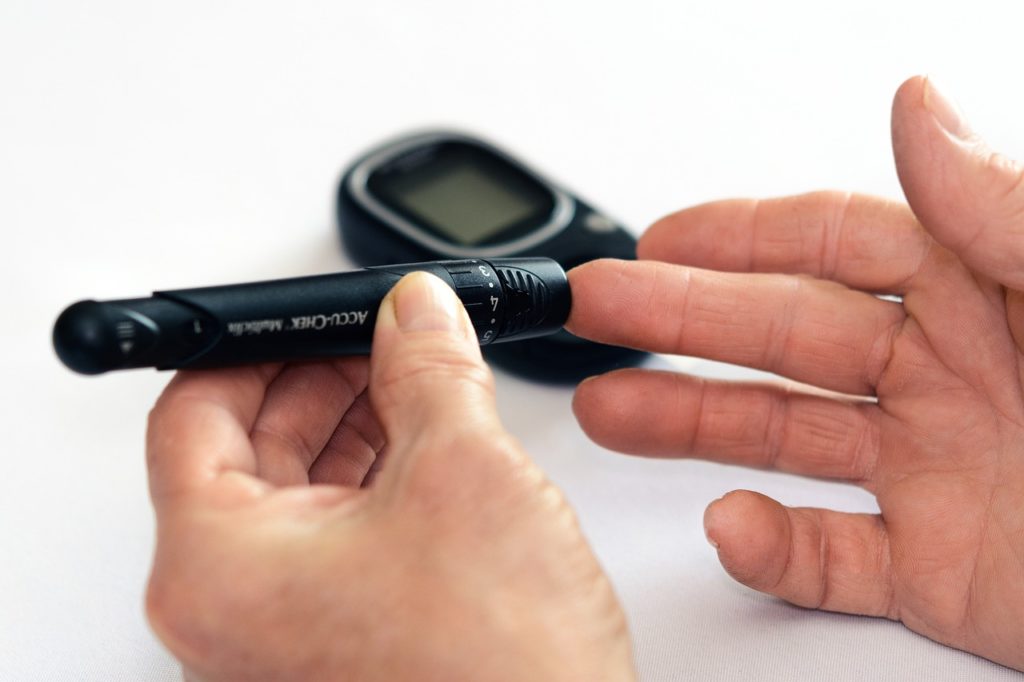
Diabetes mellitus (DM) is a metabolic disease characterized by pancreatic malfunctions and poor insulin production. Imagine your pancreas is a factory for insulin, a key hormone that keeps your blood sugar level. Inside this factory are tiny assembly lines called pancreatic islets. When these islets get damaged, it’s like a mini-disaster in the factory. The assembly lines malfunction, and they can’t produce enough insulin. This can lead to problems regulating blood sugar, which is a big deal for your health.
For the most common condition resulting from islet damage, type 1 diabetes, there is no cure. Treatment focuses on managing blood sugar levels through insulin injections. However, although exogenous insulin can temporarily stabilize blood sugar, frequent injections bring a heavy burden and may cause complications. As an alternative strategy, islet transplantation faces the challenges of donor shortage and long-term immunosuppression.
Researchers have developed biomaterials encapsulating islets/islet cells to address these issues and reconstruct islet function. Despite some progress, long-term survival and sustained insulin secretion are constrained by immune attack and insufficient nutrient supply. Microfluidic technology has produced hydrogels with customizable structures due to its precise fluid manipulation capabilities. These microcapsules facilitate oxygen and nutrient exchange and possess adaptive structural features to encapsulate other drugs to regulate cell fate. Nonetheless, accurately simulating the complete structure of native islets remains challenging.
Current methods for recapitulating islets focus on the vascularization of the microcapsules.
The Solution: Inspired by natural islet structures, a team of Chinese scientists developed a biomimetic artificial islet model based on microcapsules. This model integrates a microvascular network and uses microfluidic high-voltage electrospray technology to achieve fine regulation of blood sugar levels.
The Future: These experimental results provide strong support for the prospects of vascularized microcapsules as a biomimetic artificial islet model and highlight their important value in the field of diabetes treatment. This innovative technology not only provides new treatment options for diabetic treatment, but also opens up new directions for future medical research.
Prof. Ling Li mentioned: “We had developed a vascularized microcapsule as a biomimetic artificial islet model (v-MCs) through a microfluidic strategy and used it for blood glucose control. The design of the microcapsules is inspired by the vascular network structure of natural islets. Its unique core-shell structure allows nutrients and oxygen to enter smoothly while protecting the encapsulated islet cells from attack by host immune cells. In addition, v-MCs can also respond to glucose and exchange molecules. Through transplantation experiments in mouse, we found that v-MCs can significantly improve the abnormal blood sugar levels, food intake and body weight of diabetic mice, and effectively improve glucose tolerance, showing its effective potential as a treatment for diabetes. Further histological analysis verified the safety of v-MCs implanted in vivo. These results indicate that the biomimetic artificial islet model is of great value in the treatment of diabetes, and its future application prospects are particularly broad in the fields of regenerative medicine and tissue engineering, worthy of further research and expectations.”